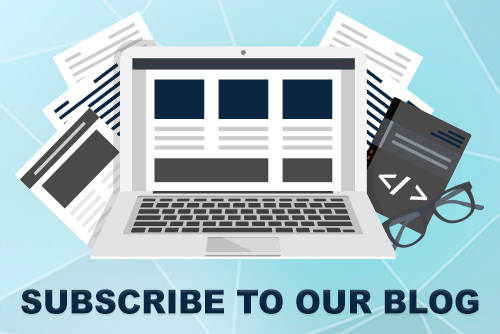JoomConnect Blog
From Batch-and-Blast to Personalized: Email Segmentation Tips
We all love a personal touch—the barista who gets your order right, the dentist who asks about your pets. Why not bring that same familiarity to your email marketing?
This is the goal of segmenting your email lists. It enables you to communicate more directly with your contacts and address their specific concerns and needs. Let’s explore what goes into this kind of strategy to maximize the engagement and growth you can see from your own efforts.
Why One-Size-Fits-All Emails Fall Flat
While “one size fits all” can be a reasonable approach for some needs, your business’ marketing efforts need a more customized strategy. After all, your prospects aren’t all going to have identical needs, never mind priorities, so trying to sell the same services to them all won’t be as effective as you need your efforts to be.
Why Segmentation Matters
If you need any extra convincing, consider that segmented email campaigns achieve 14.31 % higher open rates and 100.95 % higher click-through rates than non-segmented sends—proof that personalization drives real engagement.
Which Demographics Matter as You Segment Your MSP Marketing List?
There are a few approaches you can take as you break down your audience into more defined, specific parts.
Basic Demographics
Of course, there are the essential considerations to take into account—things like industry vertical (e.g. healthcare, finance), company size, region—so you can highlight the right IT or cybersecurity offer. Dividing your list by these variables makes it easier to identify where and to whom your services are likely to be a good fit, and to tailor your marketing efforts accordingly.
Advanced Psychographics
If you have access to the data that supports these conclusions, you could separate your audience into less concrete categories based on their behaviors. How quickly does this group move to incorporate new technologies, as compared to a group of those who may wait until the new tech has been tested by others? Understanding the different ways these different groups operate will help you communicate with each one more effectively.
Behavioral Metrics
Segment contacts by how they engage with your content—email opens and clicks, webinar registrations, service-ticket submissions, website pageviews, demo requests, and other interaction signals. These metrics reveal each segment’s interests and readiness to buy, so you can send the most relevant follow-up at just the right moment.
Transaction History
It also helps to direct communications to different audience members based on their past transactions with your business, from new leads who are being converted to the loyal clients you want to try and upsell.
To Personalize Your Messages, Pair the Offer to the Audience
By identifying your audience segments and understanding their needs, you can create more engaging and personalized communication. This is where having a customer relationship management tool will really prove its worth, as it will help you make the connections necessary to effectively and efficiently direct the best selling point to the right segment. That way, you’ll be able to direct messages about your new offerings to those who prefer to be early adopters while simultaneously sending re-engagement content to those who are pulling away.
Cut through the clutter by meeting your business contacts and marketing prospects where they are—their needs and priorities.
Start building smart segments today—and boost your engagement!




Comments